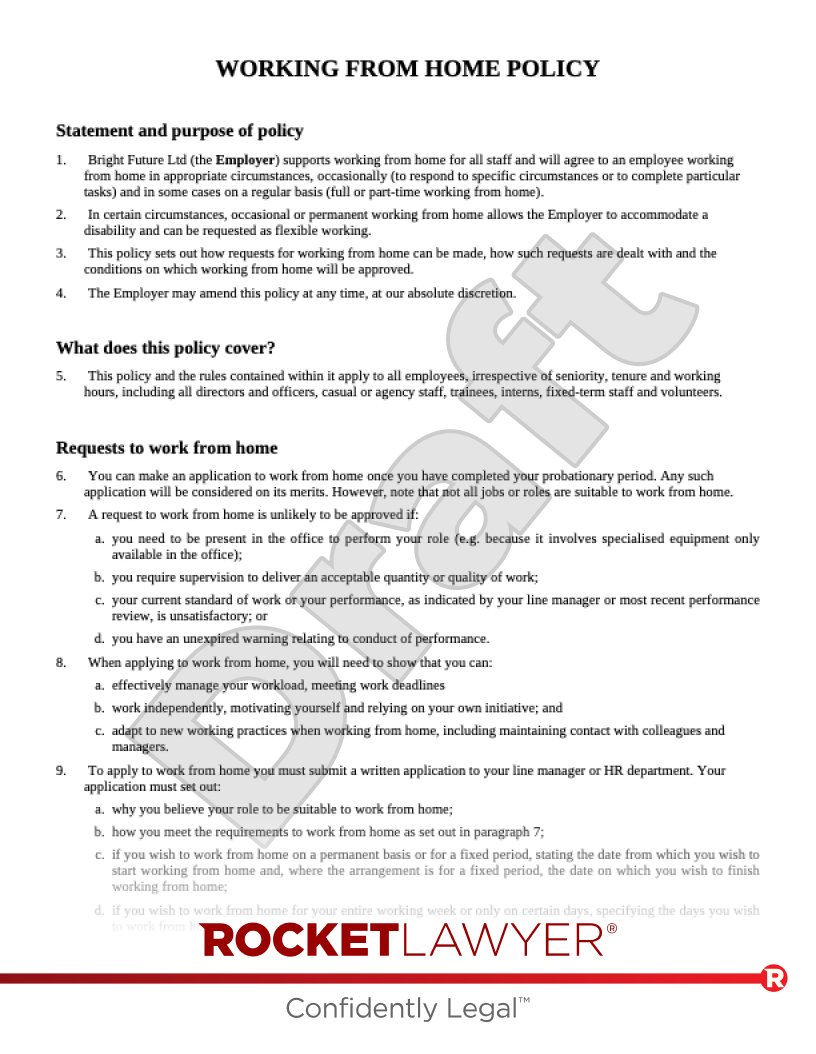What are employers' responsibilities under the First Aid Regulations?
Employers have specific duties under the First Aid Regulations. These include obligations to:
-
make provisions for first aid. Employers must:
-
provide the necessary equipment and facilities for first aid to be carried out, and
-
provide training on how to administer first aid or hire qualified personnel
-
-
inform employees of first aid arrangements. Employers must inform their employees about arrangements relating to the provision of first aid (including the location, facilities, and personnel involved in first aid)
Self-employed persons (eg consultants) must provide the equipment necessary to enable themselves to administer first aid while at work.
The First Aid Regulations are a key part of the wider health and safety requirements that employers must meet in relation to their staff working from home. Provisions for home-workers should match the health and safety provisions available to office workers.
What level of first aid is required in the workplace and at home?
First aid equipment is used to reduce the effects of any injury or illness whilst an ambulance is called, if required. The Regulations require that provision of first aid is ‘adequate and appropriate in the circumstances’, whether somebody is working from a workplace or their home. This means that the level of first aid equipment and training that employers must provide their employees with varies according to the hazards and risks involved in their work.
First aid needs assessments
Employers should carry out a first aid needs assessment to identify what type and level of first aid provision is necessary for their employees. Special attention should be paid to hazards and risks associated with working from home (eg the lack of immediate supervision). This assessment should take into account:
-
the nature of staff members’ work
-
the nature and size of the workforce
-
any history of accidents in the organisation
-
the size of the organisation
-
risks and needs introduced by travelling for work, remote work, and lone working
-
staff members’ work patterns
-
how the workforce is distributed
-
remoteness of any work sites from emergency medical services
-
risks introduced by staff members working on shared sites (ie shared with other organisations)
-
annual leave and other absences of first-aiders and other relevant appointed persons
There is no legal requirement to keep a written record of this assessment. However, a record may be useful to demonstrate to a Health and Safety Executive (HSE) or local authority inspector how staff members’ first aid needs were identified.
As a general minimum (eg for low-risk desk-based home-workers), employers should ensure that their staff members working from home have access to:
-
basic first aid equipment for treating basic injuries (ie as a domestic residence would usually have), and
-
a mobile phone/home phone to call an ambulance if necessary
Health and safety requirements vary according to the level of risk identified in the employer’s first aid needs assessment.
Consider using the HSE’s checklist when carrying out your first aid needs assessment.
What are the first aid requirements for lone workers?
A lone worker is an individual ‘who works by themselves without close or direct supervision.’ This includes working without supervisors or colleagues:
-
at a fixed base (eg in sole charge in a shop or petrol station)
-
away from a fixed base (eg delivery drivers, taxi drivers, or workers who make house calls, like social care workers)
-
separately from colleagues on the same premises or outside normal working hours (eg security staff or cleaners, or workers in an area of a large warehouse where they’re isolated from others)
Individuals working alone are often particularly vulnerable to risks and hazards without the support of colleagues or the first aid equipment and facilities that a normal workplace provides. Moreover, being a lone worker can introduce unique risks, such as the unpredictability of making house calls alone. Therefore, employers should take extra care to follow the First Aid Regulations to protect lone workers.
Lone workers in low-risk environments (eg undertaking home-based desk work) usually require only the most basic first aid equipment. However, lone workers in high-risk environments (eg jobs involving lots of driving) require more first aid equipment and training.
To adequately provide for lone workers, employers should pay special attention to lone workers in their first aid needs assessments (and in general health and safety risk assessments) and should provide adequate first aid facilities to cover the risks identified. Employers should also consider creating a Lone working policy to set out how they uphold lone workers’ health and safety.




